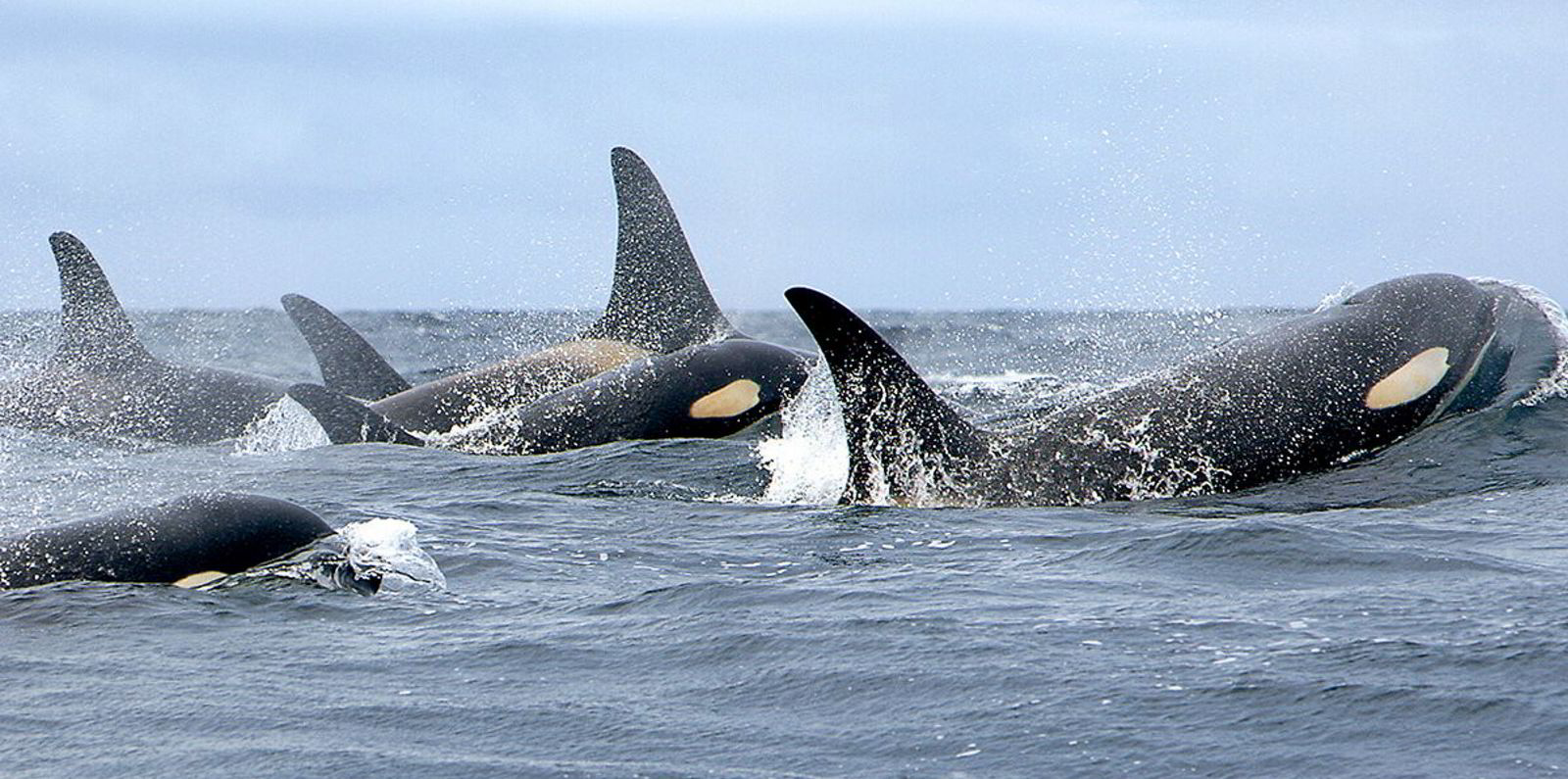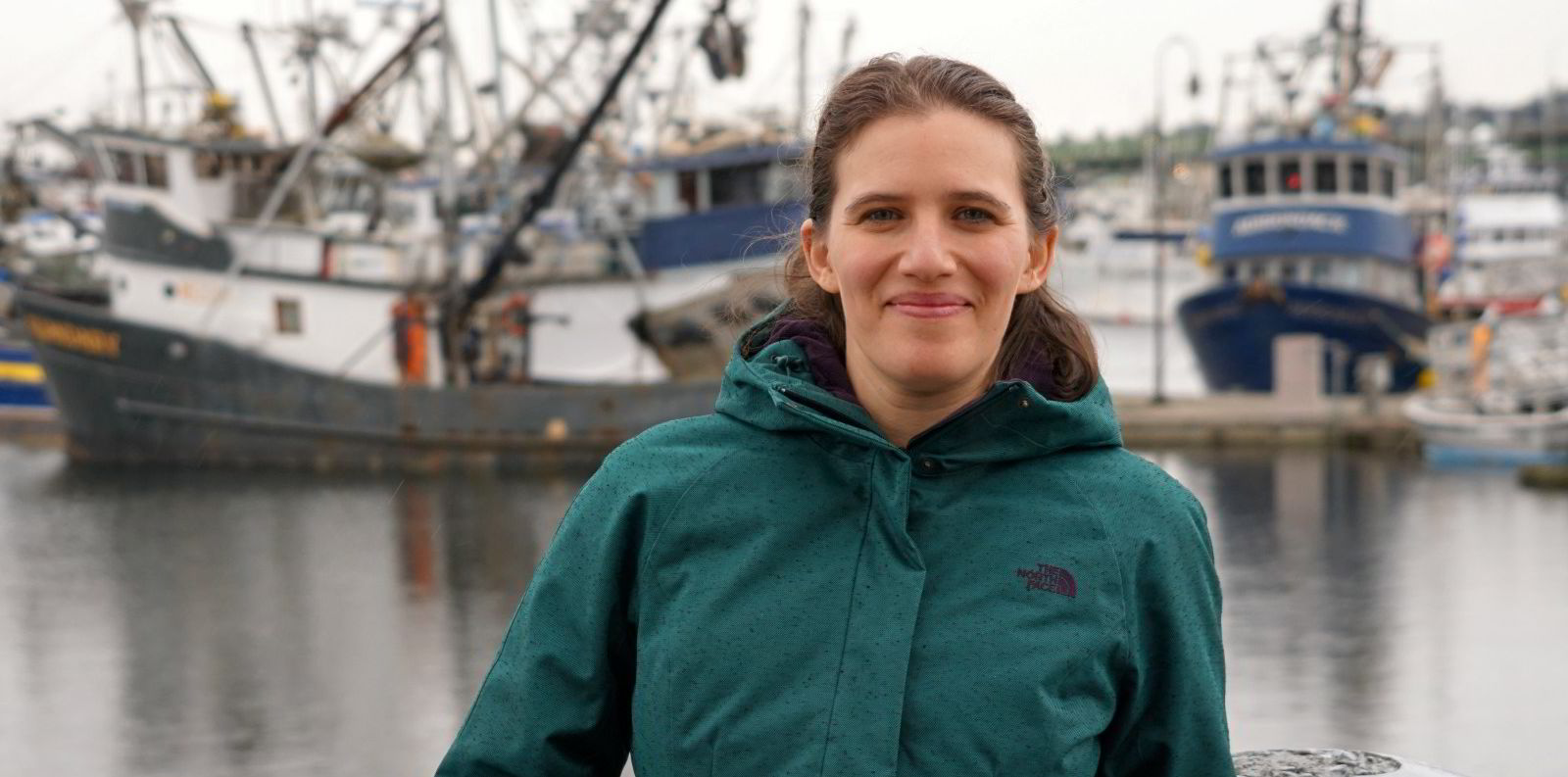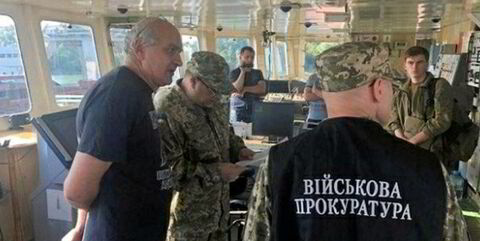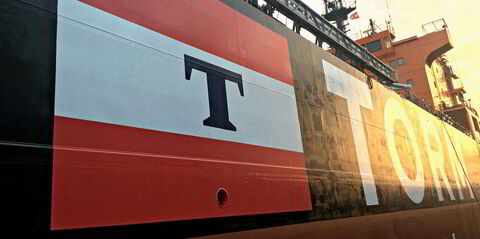For shipping companies seeking to trumpet their cetacean-safe operations, as tanker giant Euronav recently did with its partnership with the Great Whale Conservancy, there’s an imperilled population of 73 endangered orcas that wants to be in your press release.
A new effort aiming to protect critically endangered southern resident killer whales in the US waters of the Salish Seas, which includes Puget Sound and the busy ports of Seattle and Tacoma, will soon be seeking its first volunteers to cut vessels speeds and reduce underwater noise.
Quiet Sound, run by nonprofit Maritime Blue, is expecting to roll out voluntary seasonal slowdowns to 14 knots next winter, programme director Rachel Aronson told Green Seas.
Cutting vessel speeds helps reduce noise for southern residents, which are impacted by acoustic pollution because it both hampers their communication and interrupts the echolocation that they use to find their prey.
TradeWinds has reported on the efforts in the Canadian side of the Salish Sea, where 80% of vessel traffic is participating in voluntary measures to cut speed to 14 knots and divert routes away from key areas frequented by these orcas.
The port of Vancouver’s Enhancing Cetacean Habitat and Observation Program (ECHO Program) is serving as a model for Quiet Sound.
“In a lot of ways, we aim to be like an ECHO south, providing a very consistent transboundary experience for vessels and for whales, because whales don’t know when they’re on either side of an international boundary, so we need policies that are protective equally across the waters,” said Aronson
Quiet Sound is working with the US Coast Guard, as well as industry groups Pacific Merchant Shipping Association and Marine Exchange of Puget Sound to set up the operational rules.
Ensuring speed reductions are safe is key to the effort, as Aronson said an oil spill could be more harmful to the endangered southern residents than acoustic pollution.
As it gears up to set the new voluntary measures, Quiet Sound is investing in hydrophones to study the behaviour of the southern resident killer whales and using the same whale alert detection system as ECHO.
While many environmentalists remain sceptical of the effectiveness of voluntary methods to reduce speeds to protect whales and orcas, both ECHO and Quiet Sound aim to use carrots rather than sticks to change behaviour.
“Similar to the ECHO Program, and the other Americans slow-down programmes, we’d like to celebrate participation, help people publish it and tell the world,” Aronson said.
Aronson expects there will be early participants to Quiet Sound because of shipping’s increasing focus on ESG, or environmental, social and governance factors.
And she said voluntary measures have an advantage: they can be rolled out more quickly than regulation.

The ECHO Program is backed by the Canadian government’s reimbursements of pilot fees for any delays associated with slow-downs, and Aronson acknowledged that similar financial incentives are not on the table for Quite Sound’s year one.
“Unless any of your readers are a billionaire who would like to fund it,” she said with a laugh. “Although, it would take much less than a billion dollars.”
Another thing that will cost less than a billion dollars is committing to slow down.

More on sustainability and the business of the ocean
- Euronav’s work with the Great Whale Conservancy will see the New York-listed tanker owner make whale protection measures mandatory across its fleet, including while transiting the east coast of Canada, the Hellenic Trench and the waters off California. Read the story in TradeWinds.
- Vessel owner and shipbuilder Vallianz Holdings is building it so they will come. And by it, we’re referring to Asia Pacific’s first all-electric tug. And by they, we’re talking about potential customers that could use it to “transform” their port operations. Read the story in TradeWinds.~
- What do you get when you mix the founder of Amazon, the lead actors in Titanic and Iron Man, and fish cells? You get $100m for Wildtype, a company that produces edible helpings of salmon that are grown in a lab rather than in, well, actual salmons. Read the story in Intrafish.




